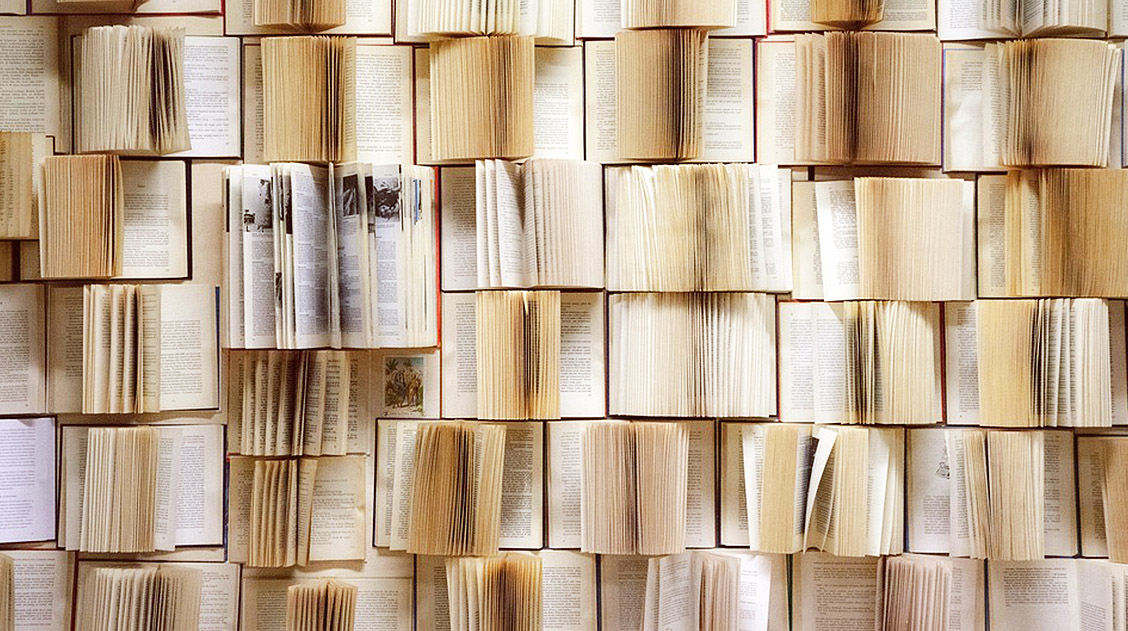
James Joyce’s Ulysses and Quantification in Art
Human-machine interactions in the arts are increasingly common. Research and commercial applications of technology to not just to create art, but to analyze it, have led to questions about the extent of human involvement in the arts in the future. Here, we specifically explore questions related to the quantification of art by looking at the use of quantitative analysis in Ulysses.
Ulysses
James Joyce’s Ulysses, published in 1920, is a fundamental modernist text. Its winding narrative of over 700 pages takes place in and around Dublin on a single day – June 16th, 1904.
The novel has had a huge cultural impact across the world.
In fact, Bloomsday (named after one of the protagonists of Ulysses, Leopold Bloom) is celebrated annually on 16th June in Ireland. It’s also celebrated in many other places, including the U.S. and Australia. Each year, Joyce enthusiasts can be found decked out in Edwardian dress, attending workshops and lectures and taking tours around places of significance in Dublin, the city that’s vividly reimagined in James Joyce’s works.
Interior monologue and dialogue in Ulysses
In Joyce’s Ulysses, we get to know the characters Leopold Bloom, Molly Bloom and Stephen Dedalus through both interior monologue and dialogue.
Interior monologue is used as a way to express the thoughts of characters. It provides a different way to get to know characters outside of more direct devices like dialogue. It’s a great way to explore characters’ internal world. Especially given that dialogue and actions tend to be external. Interior monologue instead reflects interiority, i.e., a person’s inner world made up of thoughts, perceptions and feeling.
Multi-dimensional analysis
A study recently published in Literature uses quantitative methods to analyze Ulysses. Specifically, factor analysis is used to analyze the difference between speech and interior monologue in the novel. Factor analysis is a statistical method used to reduce a large set of variables by identifying commonalities and turning them into interpretable data.
The authors apply factor analysis within the framework of multi-dimensional analysis. Multi-dimensional analysis looks at co-occurrence patterns. It can also be applied to speech and text. It can, therefore, help to identify the potential co-occurrence of things like personal pronouns alongside other features such as contractions and their frequency.
According to Douglas Biber’s method of multidimensional analysis, the authors decode external and internal speech with XML-style tag pairs. These pairs are then categorized to form a larger picture of characters in Ulysses.
Results
The first concern for the authors are the differences between characters. For example, the authors look at the distinction between both the speech and interior monologue of Molly and that of Stephen. Stephen’s internal and external speech reflect ‘high information density’ and ‘a low level of cohesion’. Conversely, Molly’s reflect ‘lower information density’ and ‘a higher degree of cohesion’.
Secondly, the authors look at differences between interior monologue and speech with respect to each character. Stephen’s speech and interior monologue are similar, whereas a clear difference is apparent between Leopold Bloom’s dialogue and interior monologue. The authors suggest that these differences help to reveal more about Stephen and Bloom as characters. Joyce’s language choices, therefore, are used to analyze methods of characterization.
Quantifying the language in a novel of over 700 pages is a massive undertaking. Because of its scope, the study demonstrates a use-case for algorithms and machines within art analysis.
The study also leads to further questions about art in the modern day. It makes us think about the way new techniques and technologies like AI might change the way we interpret and create art. This is all the more interesting given that modernist artists like Joyce looked at the way the world was changing in the face of increased industrialization and mechanization.
Labor-saving devices in art
The arts, for many people, are appreciated because they evade quantification. The idea that machines could play a part in artistic production and analysis has caused anxiety since the early 20th century.
Writing in 1935, Walter Benjamin was acutely aware of the potential use of machines within the arts. An article in the journal Arts looks at Benjamin’s view of technology in art. His argument is that ‘mechanization threatens the aura of art’. Benjamin defines ‘aura’ as the uniqueness of art, related to its authenticity. The moment at which a person is inspired to create or adapt their art, in this view, is integral to the creation of art. The analysis of ‘uniqueness’ as a core concept to art presents an interesting argument for limiting machines in art.
But many artists are taking advantage of the new ways we can use technology today. In fact, artists have historically adapted to and asked questions about contemporary innovations. And there are many examples of this today. Sci-fi, for example, looks to the future of technology and how it might change the world. To read about links between sci-fi and public health, have a look at our recent blog post.
Looking to the future
Conversations about human-machine interactions in art are important. They broach issues related to intellectual property rights as well as the position of humans in art and analysis, and provide new avenues for creativity.
Given the increasing use of machines in art, new questions will be asked about its implications. And the article on Ulysses demonstrates how machines may be a useful tool for analysis.
Have a look at the research published in MDPI journals such as Arts, Literature, and AI, to explore this topic further.










